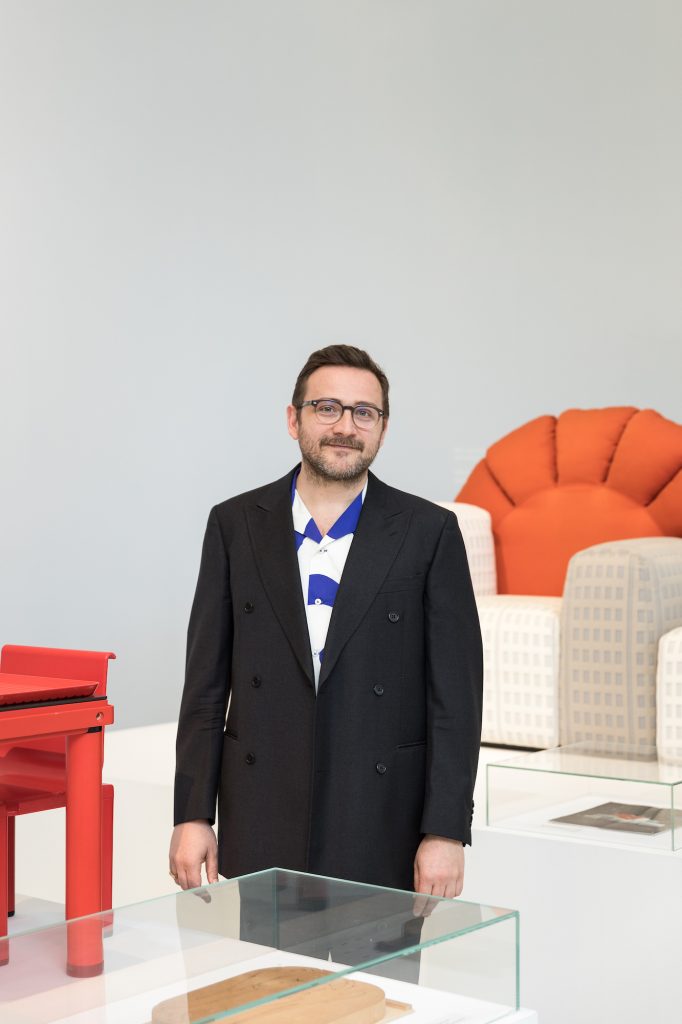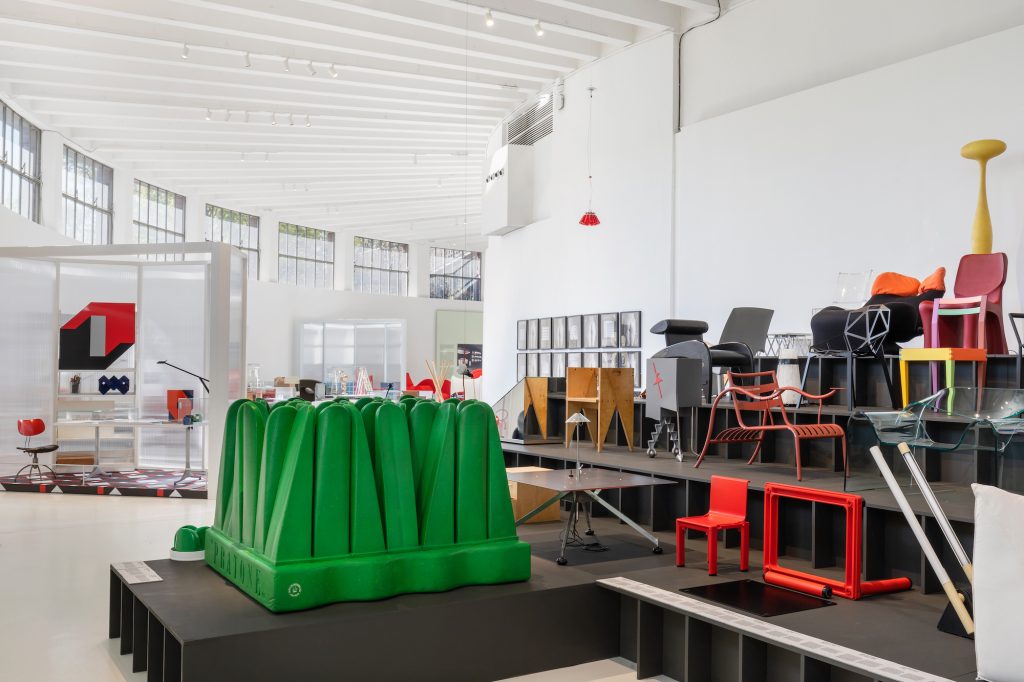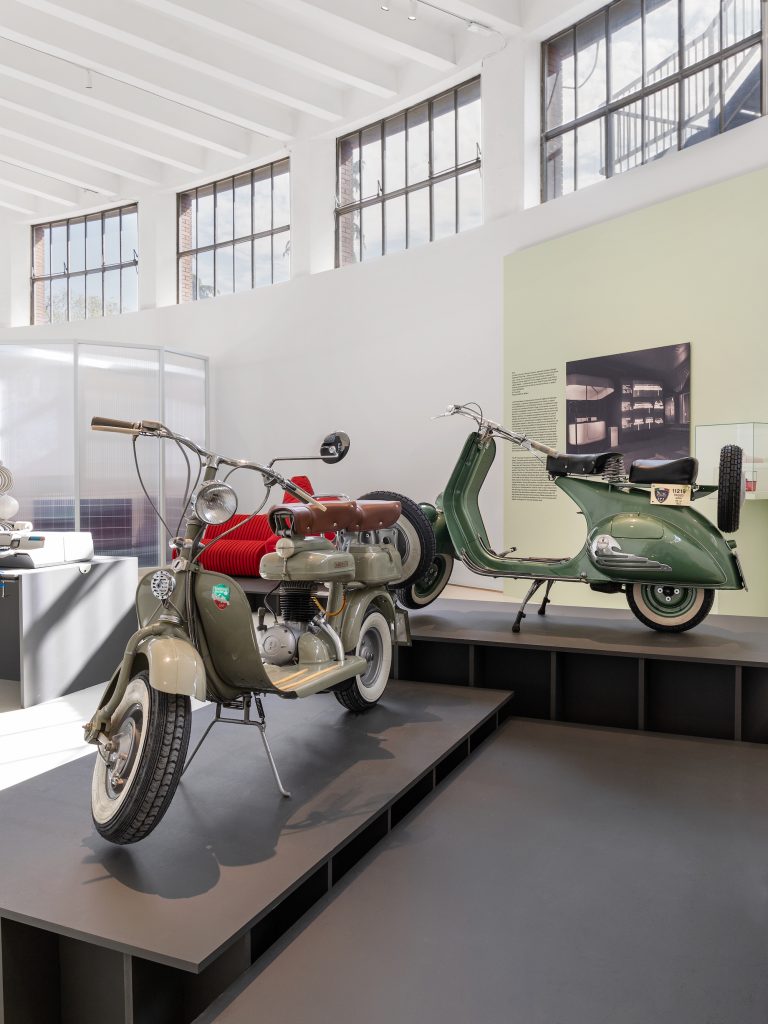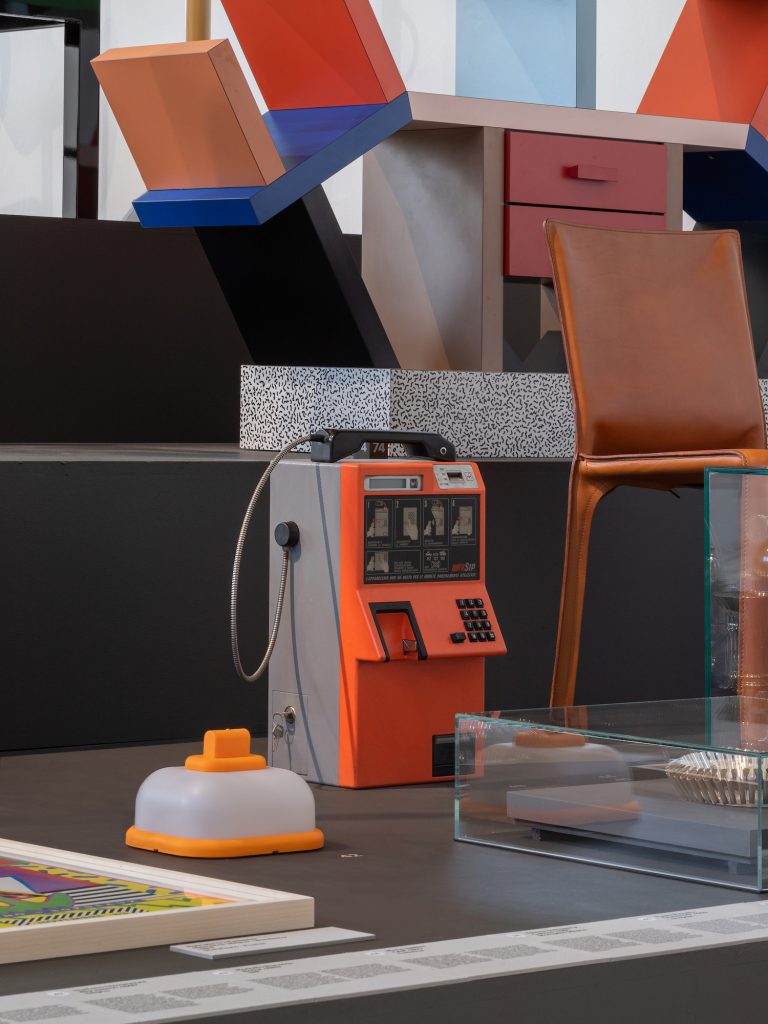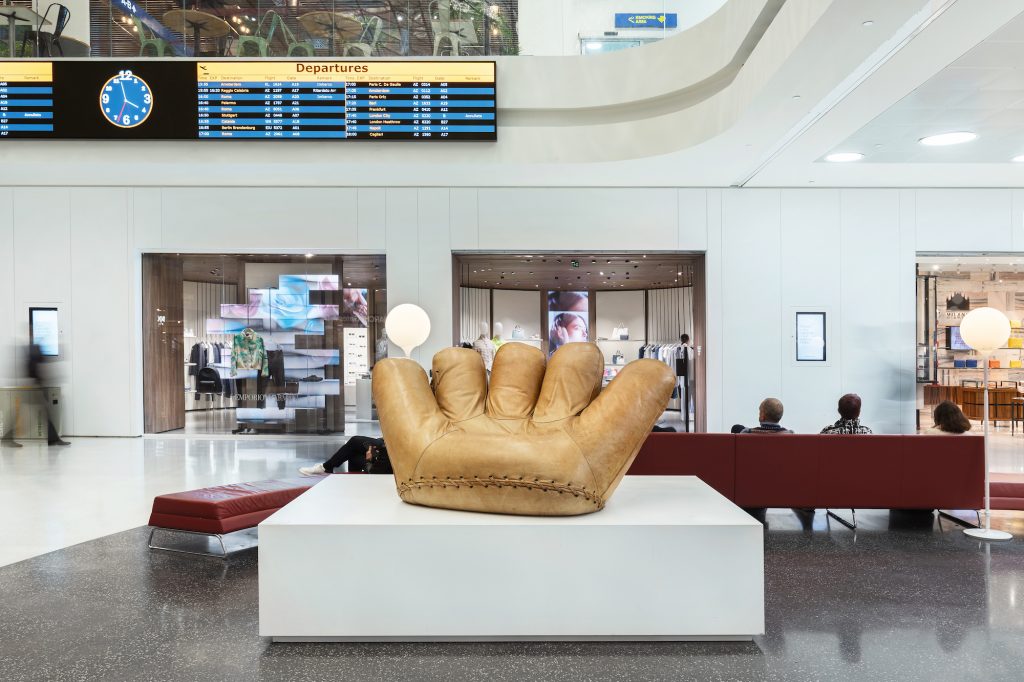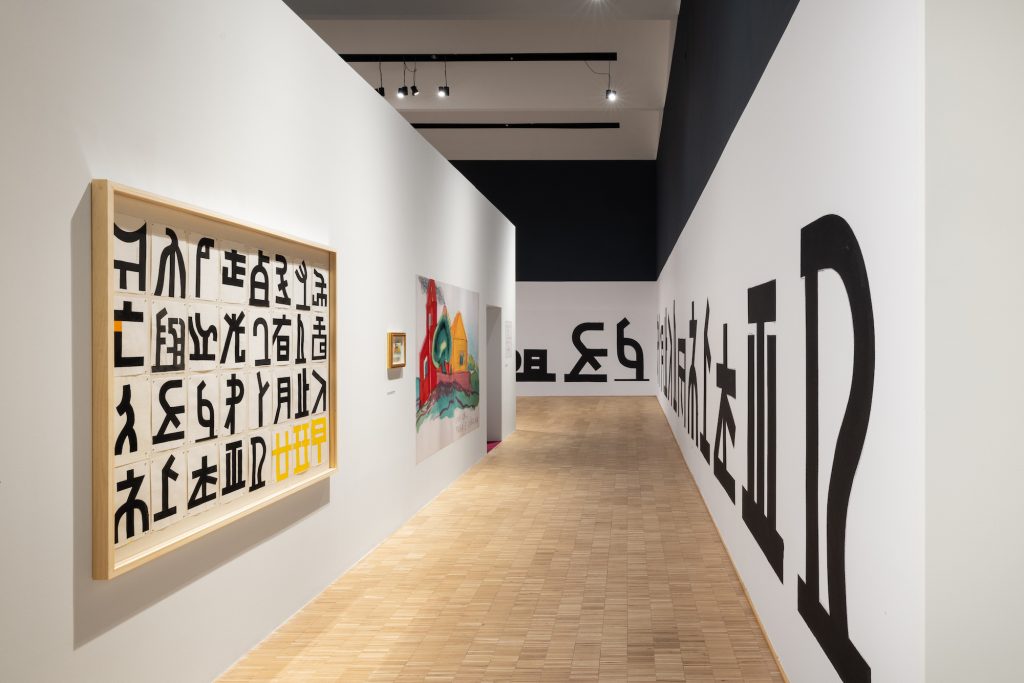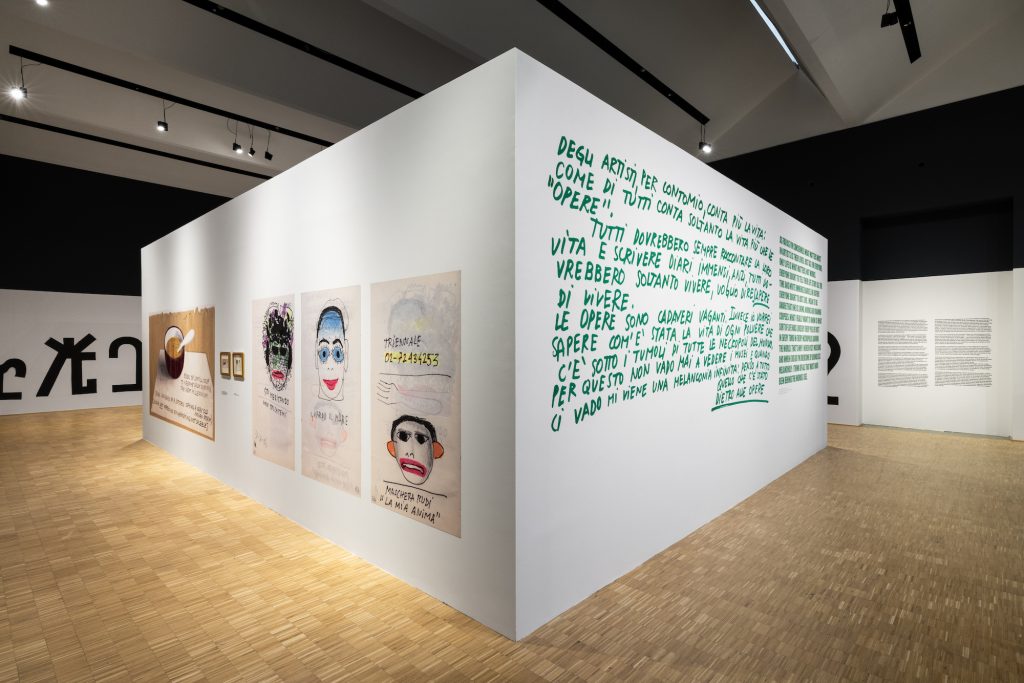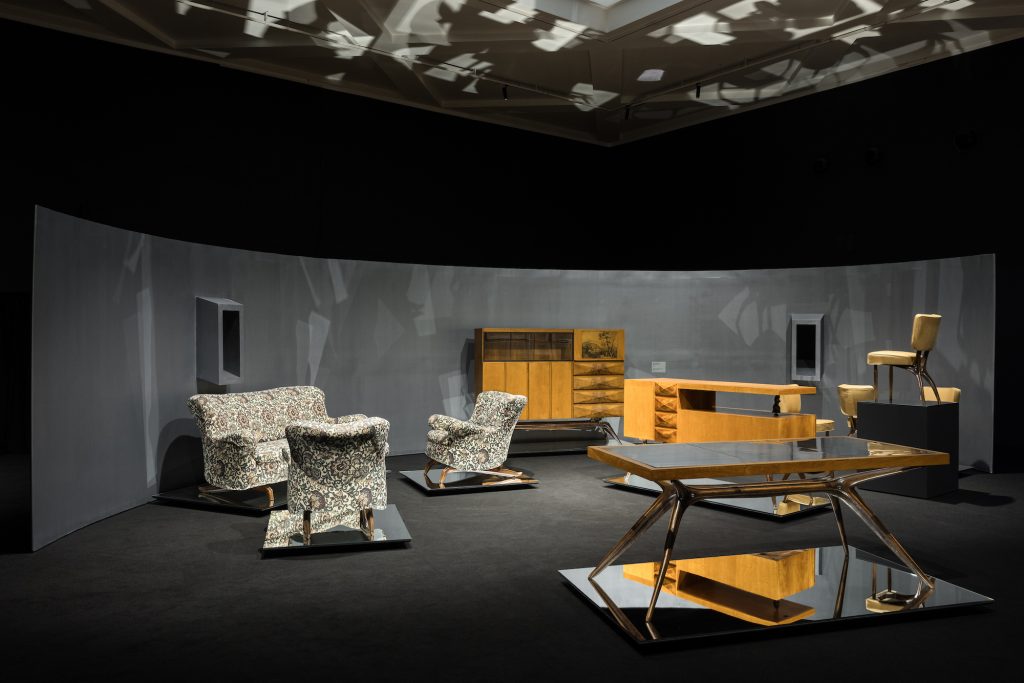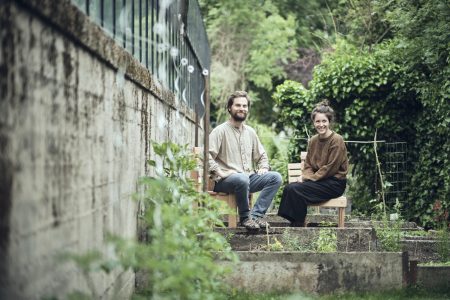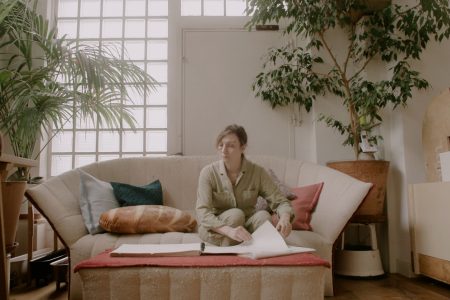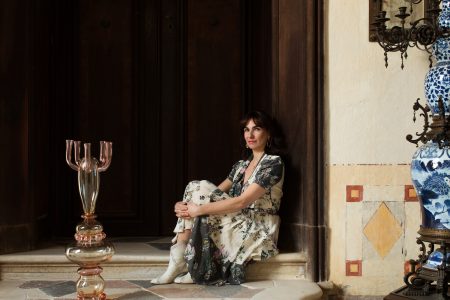A Legacy Installed: Notes on a Practice
For TLmag39: The Culture of the Object, Emanuele Quinz spoke with Marco Sammicheli, Curator and Director of Design at the Triennale de Milano, about design, the culture of the object and its relationship to the museum.
Emanuele Quinz: I would like to begin this conversation with a quote from Ettore Sottsass: “design begins where rational procedures end and magical processes begin”. In his 1962 text “Design”, Sottsass, going against the definition of functionalist and modern design, connects his practices to magic, to the ritual dimension. How do you see this stance?
Marco Sammicheli: This stance belongs to me. I have dedicated my studies to design for the sacred, meaning by this definition that object apparatus which must be designed inside a cult building. From my university days with Isao Hosoe up to my doctorate at the Pontificia Univeridad Catòlica de Chile, I concentrated the energies of my academic research on that all-Italian synthesis that assigns the religious rite — in particular the Roman Catholic rite, which by history and destiny has happened to us — a role of counterpoint to the dynamic development of social behaviour. For me, design is a three-dimensional balm that indulges, rewards, consoles, communicates. Ettore Sottsass understood the spiritual necessity that it is on Earth that one trains for the otherworldly. His design was a commandment to assign empathy to service.
E.Q.: At the Triennale, you gave special prominence to Sottsass, with the permanent installation of the Casa Lana. What role does Sottsass play for the contemporary world today?
M.S.: Sottsass’s legacy lies in the synthesis between the arts, in the approach to design based on generosity and service, in having created a professional studio that was a school and a breeding ground for talent, in having given design a breathing space before it was a task, an ethic centred on the relationship between man and the environment, nature and culture, the sublime and the terrestrial.
E.Q.: I would like to bring up another pro- vocative sentence by Sottsass, written in 1969, and which you have placed as a giant graffiti on a huge wall at the entrance to the La Parola exhibition: “As far as I’m concerned, what matters most in artists is their life: just as, for everyone, only life is what matters, not works. Everyone ought to tell their life story all the time and write immense diaries, or rather everyone ought to just live, I mean to be aware that one is living. Works are roaming corpses. What I really want to know is what sort of life was lived by every pile of dust in every tomb in every necropolis around the world. That’s why I never visit muse- ums and when I do go I’m overcome by boundless melancholy: I think of all that must have been behind the works I see.” [This is] a text that can be considered as a manifesto, for and against the museum. How do you think about the exhibition, the museum, trying to show what is “behind the works”?
M.S.: When Barbara Radice Sottsass suggested this phrase to me, I pondered it for a long time. Contrary to what it says, Sottsass visited museums when he travelled, even the smallest one. He fed his curiosity with continuous encounters. However, this phrase urges those in my profession to deal with biographies, to re-open history books to add points of view, to listen to the defeated, the forgotten, the submerged, the disobedient. I interpret curating as a fight against all forms of oblivion. At the Triennale, I am able to do this aided and protected by the expertise and experience of archivists, researchers, restorers, technicians, curators.
E.Q.: Was this a criterion when you reorganised the Museum of Italian Design at the Triennale?
M.S.: Certainly, otherwise we would not find figures such as Antonia Campi, Eugenio Gerli, Tito Angnoli, Werter Toffoloni, Rosanna Bianchi Piccoli, Nanni Strada, Federica Marangoni, Carla Crosta, Gastone Rinaldi, Renata Bonfanti and Claudio Salocchi in the museum. But to this list I would also like to add well-known profiles that should finally be included for their complex and often tangential history in the development of Italian design: Arieto Bertoia known as Henry, Mario Tchou, Bruna Bini, Mirko Stocchetto, Ottavio and Rosita Missoni, Lella Valle Vignelli, Giorgio Armani. For example, Angus Fiori, Cinzia Ruggeri’s son and heir, made an important donation to Triennale. His mother’s career was part of the beginning of a re-evaluation process that was involving galleries and museums in London and Vienna. He approached the Triennale because he thought it was fitting that Milan should possess a nucleus of her works as a public collection. The desire was to encourage a path of re- search, enhancement and, above all, the inclusion of his mother’s role in the history of Italian design that museums and critics had forgotten.
I personally contacted Gemma de Angelis Testa, a collector and Armando’s widow, because I felt it was essential to include the work of this designer in the museum itinerary. For the moment, the agreement is a medium-term loan that we would like to turn into a loan on loan. In addition, together with the heirs, we are about to organise an international study day to deepen the contribution of his career that straddled advertising communication, graphics, visual arts, design and the history of costume. The opportunities are different, but the underlying criteria behind these inclusions is the desire to return forgotten figures to the public, as well as to associate personalities no longer classifiable univocally with the culture of design.
E.Q.: An important part of any curatorial practice seems to be that of “activating” archives, such as that of the Triennale. The exhibition becomes a space not only where objects are presented as documents of a past culture or as monuments of a common identity, but above all as active — sometimes even radioactive — elements of a culture and an identity that questions the present. What answers do you think the Triennale archive proposes to the present day?
M.S.: My curatorial practice always tries to adhere to the context in which it is to be expressed. In an institution such as the Triennale, all the more so at the turn of its first centenary, archives are a reservoir to be interrogated, they must be put to the test by the public after careful research. Their “radioactivity” can be contagious. Cultural productions in which Triennale has invested funds and human resources go in this direction. I am thinking of the exhibitions on Carlo Mollino, Saul Steinberg, Angelo Mangiarotti — to cite cases in which I have been personally involved: they have added knowledge around lesser known artists; they have added our collections through significant donations and acquisitions; they have created links with contemporary designers and professionals such as Francesca Pellicciari, Studio Bunker, Norm, Paine Quadrelli, Francesca Molteni.
E.Q.: I return to the question of design as a space of ritual and not just function, defended by Sottsass. Do you think this position is shared by the new generations of designers?
M.S.: There is an increasingly fashion- able layout mode in contemporary design that involves an expanse of elements and apparatuses to narrate the processes that generated the project. I say it is fashionable because it probably suits the spirit of the times. However, with an adverse effect, the project can only be seen on video or during a performance. This mode, which is often weak because it is entertaining, has a system that relies on [a set of] dynamics that recall ritual attitudes. Probably the will to pander to behaviour still passes through the security of habits. Moreover, the theme of ceremony is present in the work of many designers who ethnographically and anthropologically recover esoteric, playful and participatory dynamics to anchor their intuitions to reference tradition. Nevertheless, as a historian, I continue to study Sottsass, Papanek, Maldonado, Hosoe, Munari, designers and intellectuals who are still fertile.
E.Q.: The question of ritual is important because it underlines the symbolic dimension that objects take on in everyday life, inducing mechanisms of identity adhesion or social ordering, of inclusion but also exclusion. Anthropology is increasingly used as a privileged point of view to analyse, even within our Western context, this symbolic dimension. How do you see this “anthropological turn” in design?
M.S.: Design has a disciplinary status that has always lived by robbery. Psychology, sociology, technology, material sciences, art, economics, architecture nourish the metamorphosis of contents, the evolution of their conclusions. The anthropological approach is fostering a sensitivity to the concept of community free from the interference of marketing.
E.Q.: To conclude: what power do you attribute to design?
M.S.: I attribute to it a balsamic power, it fluidifies the adhesion between behaviour and the object system. It is a dynamic synthesis that accompanies man by finding increasingly necessary fields of application.
www.triennale.org
@triennalemilano
